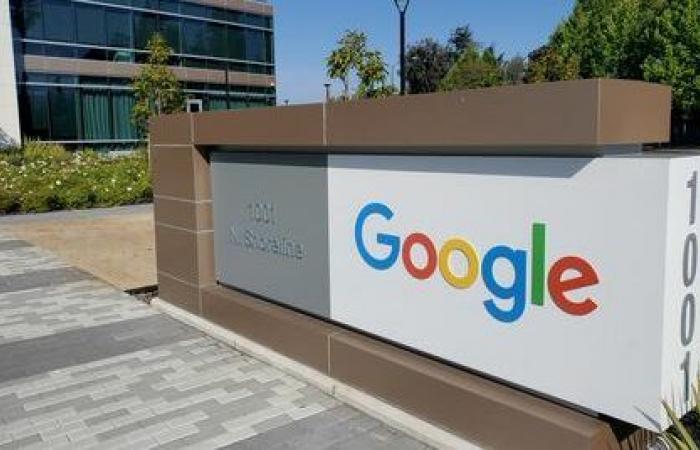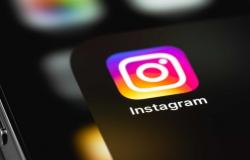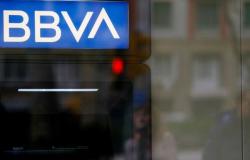Diego Sousai
Diego Sousa https://istoe.com.br/autor/diego-sousa/
01/04/2024 – 1:14
Google co-founders Larry Page and Sergey Brin loved pulling pranks, so much so that they started coming up with bizarre ideas every April Fool’s Day, not long after founding their company more than a quarter of a century ago.
One year, Google posted a job opening for a Copernicus research center on the moon. Another year, the company said it planned to launch a “scrape and sniff” feature on its search engine.
The jokes were so consistently over the top that people learned to laugh at them as yet another example of Google’s mischief. And that’s why Page and Brin decided to reveal something that no one would have believed possible 20 years ago, on April Fools’ Day.
It was Gmail, a free service with 1 gigabyte of storage per account, an amount that seems almost prosaic in the era of terabyte iPhones.
But at the time it seemed like an absurd amount of email capacity, enough to store about 13,500 emails before running out of space, compared to just 30 to 60 emails on the then-leading webmail services run by Yahoo and Microsoft. This translated into 250 to 500 times more email storage space.
In addition to the quantum leap in storage, Gmail also came equipped with Google’s search technology so users could quickly retrieve a detail from an old email, photo or other personal information stored on the service.
It also automatically threaded a series of communications on the same topic so that everything flowed together as if it were a single conversation.
“The original proposal we came up with revolved around the three ‘S’s: storage, search and speed,” said former Google executive Marissa Mayer, who helped design Gmail and other company products. before becoming CEO of Yahoo.
It was such a mind-boggling concept that soon after the Associated Press published a story about Gmail late in the afternoon of April 1, 2004, readers began calling and emailing to tell the news outlet that it had been tricked by the pranksters at Google.
“That was part of the charm, making a product that people wouldn’t believe was real. It kind of changed people’s perception of the types of applications possible in a web browser,” recalled former Google engineer Paul Buchheit during a recent interview with the AP about his efforts to build Gmail.
It took three years to make as part of a project called “Caribou” – a reference to a joke in the Dilbert comic strip. “There was something absurd about the name Caribou, it just made me laugh,” said Buchheit, the 23rd employee hired at a company that now employs more than 180,000 people.
The AP knew that Google wasn’t kidding about Gmail because an AP reporter was abruptly asked to drive from San Francisco to the company’s headquarters in Mountain View, California, to see something that would make the trip worth it.
After arriving at a still-developing corporate campus that would soon become what became known as the “Googleplex,” the AP reporter was ushered into a small office where Page wore a mischievous smile as he sat in front of his laptop.
Page, then just 31, showed off Gmail’s elegantly designed inbox and demonstrated how quickly it worked in Microsoft’s now-retired Explorer browser.
And he pointed out that there was no delete button in the main control window because it wouldn’t be necessary since Gmail had a lot of storage space and could be easily searched. “I think people are going to really like this,” Page predicted.
As with so many other things, Page was right. Gmail now has around 1.8 billion active accounts – each offering 15 gigabytes of free storage alongside Google Photos and Google Drive.
While it’s 15 times more storage than Gmail initially offered, it’s still not enough for many users who rarely see the need to clean up their accounts, just as Google had hoped.
The digital accumulation of emails, photos and other content is why Google, Apple and other companies now make money by selling additional storage capacity in their data centers. The existence of Gmail is also the reason why other free email services and the internal email accounts that employees use for their jobs offer so much more storage than anyone realized 20 years ago.
“We were trying to change the way people thought because they had been working on this storage shortage model for so long that deletion became a default action,” Buchheit said.
Gmail was a watershed in several other ways, while also becoming the first building block in the expansion of Google’s Internet empire beyond its still-dominant search engine.
After Gmail came Google Maps and Google Docs with word processing and spreadsheet applications. Then came the acquisition of video site YouTube, followed by the introduction of the Chrome browser and the Android operating system that powers most of the world’s smartphones.
With Gmail’s explicitly stated intention to analyze email content to gain a better understanding of users’ interests, Google also left little doubt that digital surveillance in its quest to sell more ads would be part of its expansion ambitions.
Although it generated immediate buzz, Gmail started out with a limited scope because Google initially only had enough computing power to support a small audience of users.
“When we launched, we only had 300 machines and they were really old machines that no one else wanted,” Buchheit said with a laugh. “We only had enough capacity for 10,000 users, which is a bit absurd.”
But this scarcity created an air of exclusivity around Gmail that generated feverish demand for invitations to sign up. At one point, invitations to open a Gmail account were selling for $250 each on eBay. “It became kind of a social currency where people would say, ‘Hey, I got a Gmail invite, do you want one?’” Buchheit said.
Although signing up for Gmail became increasingly easier as more of Google’s massive network data centers came online, the company didn’t start accepting all visitors to the email service until it opened the floodgates as a gift of Valentine’s Day for the world in 2007.






